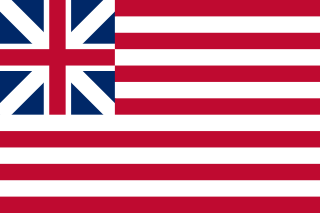Battles of Lexington and Concord

Video
The Battles of Lexington and Concord, fought on April 19, 1775, marked the beginning of armed conflict in the American Revolutionary War. The British Army, numbering approximately 700 regulars under Lieutenant Colonel Francis Smith, received orders to seize and destroy military supplies stored by the colonial militia in Concord. Anticipating this move, colonial leaders, including Paul Revere and Samuel Prescott, alerted local militias, leading to a rapid mobilization of forces. As the British troops advanced, they encountered about 80 militiamen in Lexington, led by Captain John Parker. The confrontation resulted in the deaths of eight militiamen, including Ensign Robert Munroe, while the British suffered only one casualty. The British forces then proceeded to Concord, where they searched for supplies but found most had been relocated. At the North Bridge, approximately 400 militiamen engaged 100 British regulars, resulting in casualties on both sides and forcing the British to retreat.
As the British began their return march to Boston, they faced increasing resistance from the growing number of colonial militias, which had swelled to about 4,000 men. The British, now outnumbered and under constant fire, struggled to maintain their formation. Lieutenant Colonel Smith was wounded, and Major John Pitcairn took command as the British column faced ambushes and skirmishes along the route. The retreat became chaotic, with British soldiers suffering significant casualties from the relentless attacks of the colonial militias, who utilized the terrain to their advantage. The British forces were eventually reinforced by Brigadier General Earl Percy, who led about 1,700 men back to Boston under heavy fire, marking a tactical withdrawal that culminated in a blockade of Boston by the militias.
The engagements at Lexington and Concord resulted in approximately 49 British casualties, including killed and wounded, while colonial forces suffered around 95 casualties. The battles galvanized support for the Patriot cause, leading to a significant increase in militia enlistment and the establishment of a siege around Boston. The events of that day are often referred to as the 'shot heard round the world,' symbolizing the start of the American Revolution and the struggle for independence from British rule.
Combatants
- Massachusetts Bay militia
- Great Britain
Leaders
- John Parker (captain)
- James Barrett (colonel)
- John Buttrick
- John Robinson (militiaman)
- William Heath
- Joseph Warren
- Isaac Davis (soldier)
- Francis Smith (British Army officer)
- John Pitcairn
- Hugh Percy, 2nd Duke of Northumberland
Strength
- Lexington: 77
- Concord: Approximately 400
- End of Battle: Around 3,960
- Departing Boston: 700
- Lexington: 400
- Concord: 100
- End of Battle: 1,500
Casualties
- 49 killed
- 39 wounded
- 5 missing
- 73 killed
- 174 wounded
- 53 missing
Result
 American
American






 British
British



